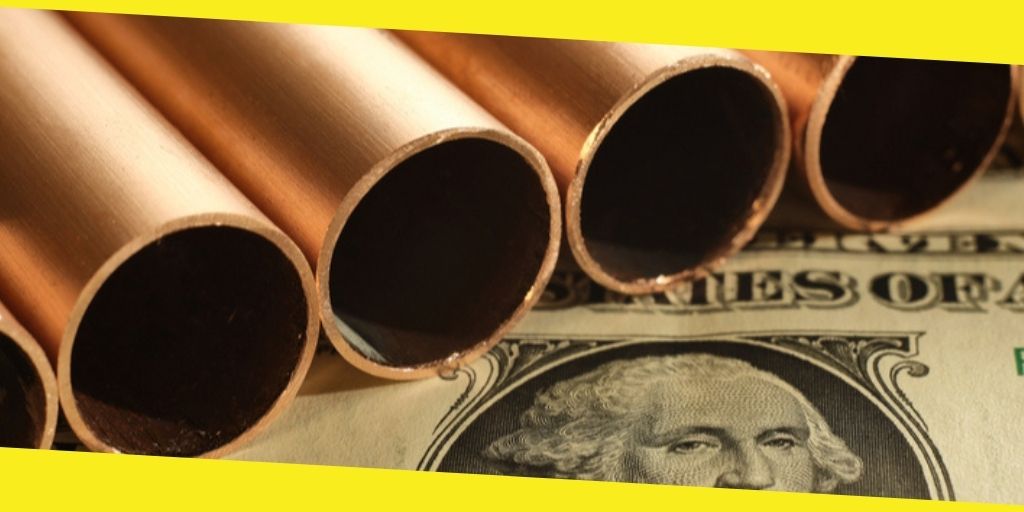
The wave of new technologies and the effort to save the planet actually have roots deep within the earth. The foundational elements that make these new technologies and green advancements are found folded into layers of rock, below life-sustaining soil.
Humans first embraced the gifts of the earth in the Bronze Age, when they started working with metal and replaced old stone tools and weapons with metal ones. It marked a time of great advancement for humanity. The ushering in of the Bronze Age meant the departure of the Stone Age and also prompted trade, migration and most importantly – the sharing and exchange of ideas.
“Ancient Sumerians in the Middle East may have been the first people to enter the Bronze Age. Humans made many technological advances during the Bronze Age, including the first writing systems and the invention of the wheel,” according to History.
A bird’s eye view of the past shows that embracing minerals and metals means progress; it means innovation is afoot. Some metals and minerals that had been little-used before the push for low carbon technologies, renewable energy and electric vehicles are finding their way to the spotlight.
“The strides we are making as a society are remarkable, but a green economy is only made possible from the gifts of mining. We are reaching an interesting point where mining companies and the new green economy will have a symbiotic relationship,” said Saint Jovite Youngblood, owner of Youngblood Metals Mining.
Lithium is used for lithium-ion batteries. It is the lightest metal on the periodic table, but weighty in importance. Cobalt is usually a byproduct of copper and nickel mining, used for batteries and also for industry and in the military. Both are feared to have supply chain issues.
Copper, also a component of batteries, and manganese rank as some of the most widely mined metals in the world. Copper is important to windpower.
Then, there are rare earth metals, which also are getting increased attention due to their importance to technological advancements.
“Rare-earth metals, also known as rare-earth elements (REEs), are a group of 17 chemically similar elements. Each has unique properties, making them important components for a range of technologies from low-energy lighting and catalytic converters to the magnets used in wind turbines, EVs and computer hard-drives,” according to Carbon Brief.
According to a World Bank analysis, “global production of critical minerals used in low-carbon technologies is projected to rise by 965% for lithium, 585% for cobalt, 383% for graphite, 241% for indium, 173% for vanadium by 2050.”
Youngblood said this is a fascinating and important time for humanity.
“This also presents opportunities for investors,” he noted. “It is simply logical to invest in things that are in demand. There is no doubt that metals and rare earth elements will continue to be needed with the global emphasis on a greener world.”